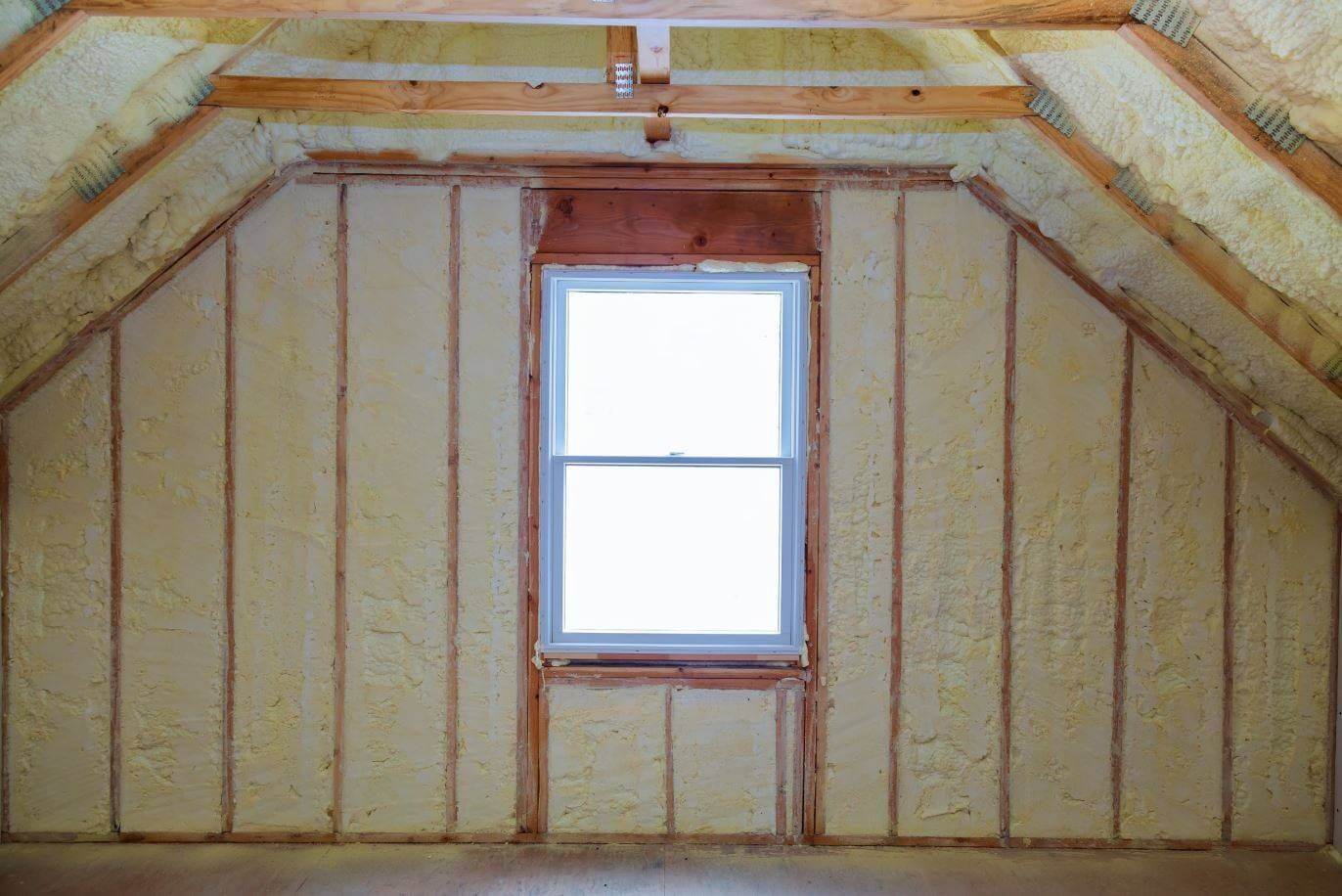Frame-house thermal insulation
Frame houses are built in accordance with wooden-frame technology. They are lightweight, relatively cheap, and easy to rebuild, which is why they have won the hearts of those who value changes and ecological values. However, it is worth remembering about the proper protection of such houses against moisture, wind, and temperature changes — you cannot neglect to thoroughly insulate frame houses.
The inadequate thermal insulation of a frame house, the use of improperly selected materials, or the lack of continuity of insulation, can cause numerous problems in terms of house thermal insulation. Moisture, and the consequent formation of mould, low indoor temperatures in winter, and high temperatures in summer, are just a few of the inconveniences you might experience if you install inadequate frame-house thermal insulation. You need to make sure that the microclimate in the building is as friendly as possible.
Frame-house insulation vs. safety
A house built with the frame system is mounted onto a foundation slab, onto which the building structure is then developed. Then the frame is encased from outside and inside. The thermal-insulation is placed between the layers of the casing or inside the outer wall. A suitable thermal-insulation layer, thanks to its properties, perfectly protects the house against heat-escape without overloading its structure.
Single-family houses built in a frame system lose heat quickly and heat up just as quickly. Approximately 40% of the heat in this type of a building escapes through the walls, so, when insulating the house, it is important to focus mostly on these. Polyurethane foam is 100% safe for residents. It is a self-extinguishing material — this property effectively minimises risk in the event of contact with fire. It does not retain moisture, so there is no risk of mould or fungus formation.
The thermal insulation of a frame house with PUR foam

The proper foam thermal insulation of a frame house facilitates noise reduction
Polyurethane foam’s properties allow it to be classified as one of the best thermal insulation materials. The material fills all the free gaps, thus eliminating the possibility of the formation of thermal bridges. Open-cell foam, e.g., Purios E, is ideal for insulating frame houses with a high thermal-insulation capacity. The product acts as an acoustic insulator — it soundproofs the house, absorbing any sounds from noisy streets or adjoining rooms.
PUR foam does not burden the house structure, as is the case with other thermal insulation materials. Moreover, it is inserted between rafters. Such an application constitutes an additional stiffening of wooden building elements. This way, it effectively dampens noises, and proves to be useful in particular in buildings with lots of rooms and windows. Foam is a seamless material, easy to install, and extremely durable — it is the best choice for house thermal insulation.

 This website uses cookies. By using this website, you consent to the use of cookies in accordance with your browser settings.
This website uses cookies. By using this website, you consent to the use of cookies in accordance with your browser settings.